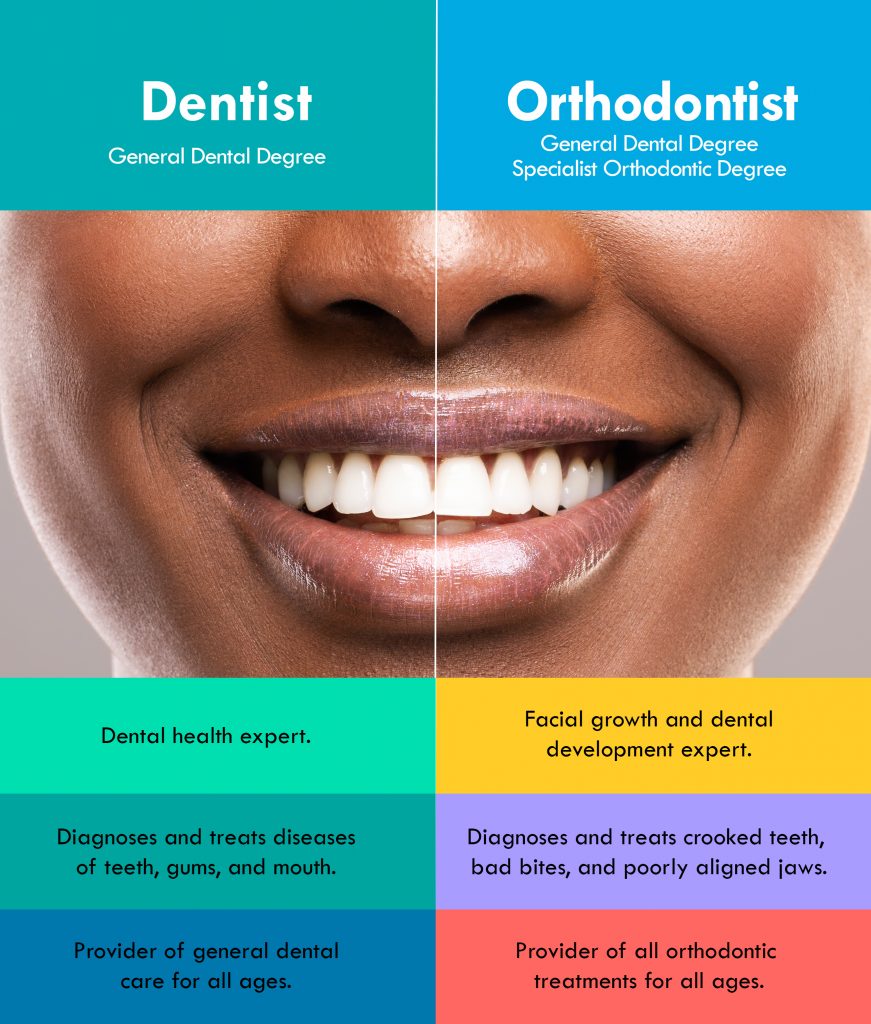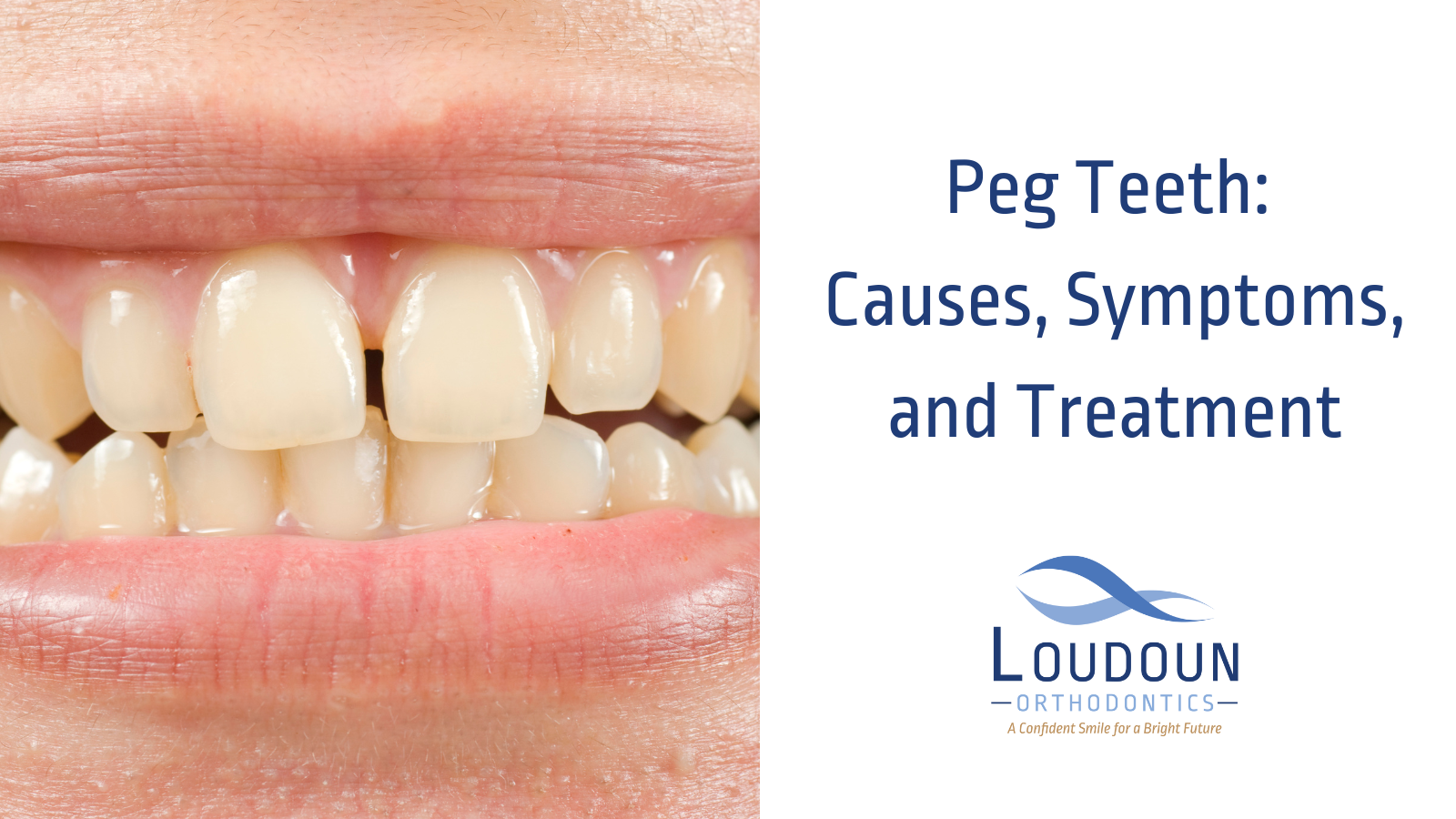The 8-Second Trick For Legacy Orthodontics
The 8-Second Trick For Legacy Orthodontics
Blog Article
The 8-Minute Rule for Legacy Orthodontics
Table of ContentsNot known Details About Legacy Orthodontics About Legacy OrthodonticsA Biased View of Legacy OrthodonticsEverything about Legacy OrthodonticsThe smart Trick of Legacy Orthodontics That Nobody is Discussing
In enhancement, we use adjustable treatment timetables, adaptable repayment choices and a fun, enjoyable experience.An orthodontist is a dental professional trained to diagnose, protect against, and treat teeth and jaw abnormalities. They deal with existing problems and are trained to determine issues that might develop in the future. Orthodontists deal with individuals of any ages, from youngsters to grownups. People often link a best smile with good health.
Malocclusion, or misaligned teeth, can bring about oral issues, consisting of dental cavity, gum illness, and difficult or painful eating. Not everybody is born with straight teeth. If you have a poor bite or large areas between your teeth, you might want to consult a dental practitioner focusing on orthodontic treatment.
Not known Facts About Legacy Orthodontics
( Picture Debt: DigitalVision/Getty Images) Orthodontists use dealt with and detachable dental devices, like braces, retainers, and bands, to change the placement of teeth in your mouth. Orthodontic therapy is for oral abnormalities, including: Misaligned teethBite troubles, like an overbite or an underbiteCrowded teeth or teeth that are also much apartJaw misalignmentThe objective of orthodontic therapy is to boost your bite.
A healthy bite ensures you can eat, eat, and speak appropriately. While you could think about orthodontists as generally for youngsters or teens that need braces, they can fix oral troubles at any kind of age. Orthodontists participate in college, dental college, and orthodontic college. After college graduation, they spend 2 or 3 years in an orthodontic residency program.
All orthodontists are dental experts, yet not all dentists are orthodontists. Orthodontic residency programs use extensive, concentrated guideline for oral professionals. They concentrate on two areas: Exactly how to effectively and securely relocate teeth Just how to appropriately assist development in the teeth, jaw, and faceOnce an orthodontist has finished training, they have the option to end up being board accredited.
The Facts About Legacy Orthodontics Uncovered
Misalignment, or malocclusion, is one of the most usual factor people see an orthodontist. It is genetic and is the result of dimension distinctions in between the top and reduced jaw or in between the jaw and teeth. Malocclusion results in tooth congestion, a misshapen jaw, or uneven bite patterns. Malocclusion is usually treated with: Your orthodontist attaches steel, ceramic, or plastic square bonds to your teeth.
Some people need a headwear to help relocate teeth into line with stress from outside the mouth. A retainer is a personalized device that maintains your teeth in place.
They're frequently made use of on children. They can produce additional area in the mouth without having to pull teeth. If you have a serious underbite or overbite, you might require orthognathic surgical procedure (likewise called orthodontic surgery) to lengthen or shorten your jaw. Orthodontists utilize wires, medical screws, or plates to support your jaw bone.
You may need to see an orthodontist if you have: Crowding or not sufficient space for all of your teethOverbite, when your upper teeth come your base teethUnderbite, when your bottom teeth are as well far forwardSpacing or concerns with gapsCrossbite, which is when your top teeth fit behind your base teeth when your mouth is closedOpen bite or a vertical gap in between your front bottom and upper teethMisplaced midline, when the facility of your bottom and upper teeth do not align Dealing with a dental malocclusion can: Make biting, chewing, and speaking easierImprove the symmetry of our face and your general appearanceEase discomfort from temporomandibular joint conditionsDifferent your teeth and make them simpler to clean up, aiding stop dental cavity or dental caries It's usually a dental practitioner that initially notices misaligned teeth throughout a regular examination.
What Does Legacy Orthodontics Do?

Throughout your very first orthodontic assessment, you'll likely have: An oral examPhotos taken of your face and smileDental X-raysPanoramic (360 degree) X-rays of your face and headImpressions to create molds of your teethThese tests will help your orthodontist recognize exactly how to proceed with your therapy. clear braces. An orthodontist is a dental expert who's had training to treat your teeth and jaw
An orthodontist is concentrated on your bite, so something like a damaged tooth would certainly be taken care of by a dental expert. Orthodontists are focused on your bite, or the method your teeth fit together, and the straightness of your teeth.
Ever asked yourself how celebs always seem to have flawlessly lined up teeth? Orthodontists are oral specialists that focus on dealing with irregularities in the teeth and jaws.
The Only Guide for Legacy Orthodontics

, orthodontists have a varied toolkit at their disposal. These reliable dental braces utilize a system of brackets bonded to the teeth and connected by cords.
Clear aligners, like Invisalign, are a preferred option for patients seeking a much more very discreet treatment option. These removable trays are personalized to considerably change the teeth's placement. Headwear may be utilized together with braces or aligners over here to apply additional targeted pressures, specifically for dealing with jaw disparities. In situations of narrow jaws, palatal expanders can be used to create room for appropriate tooth positioning.
Report this page